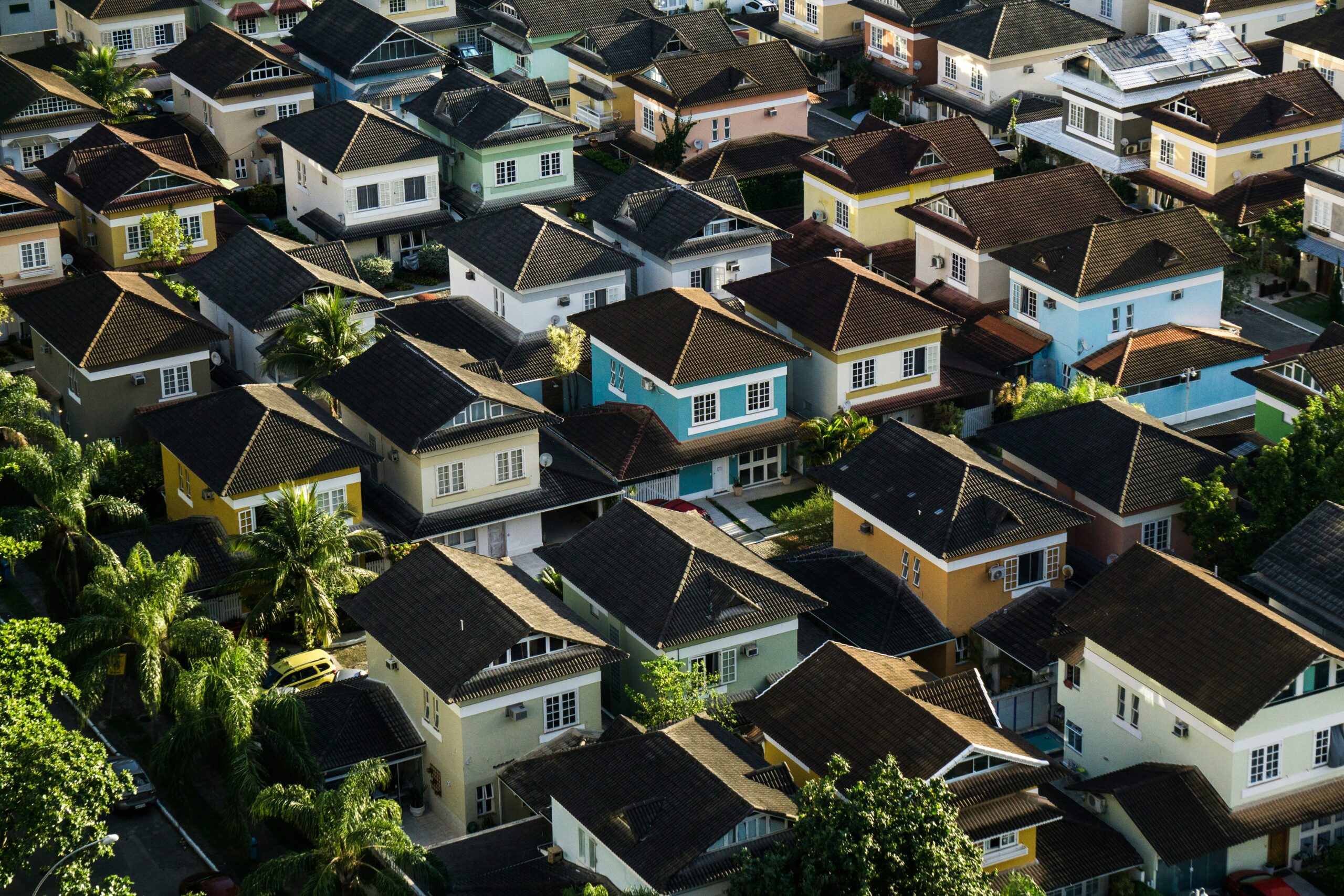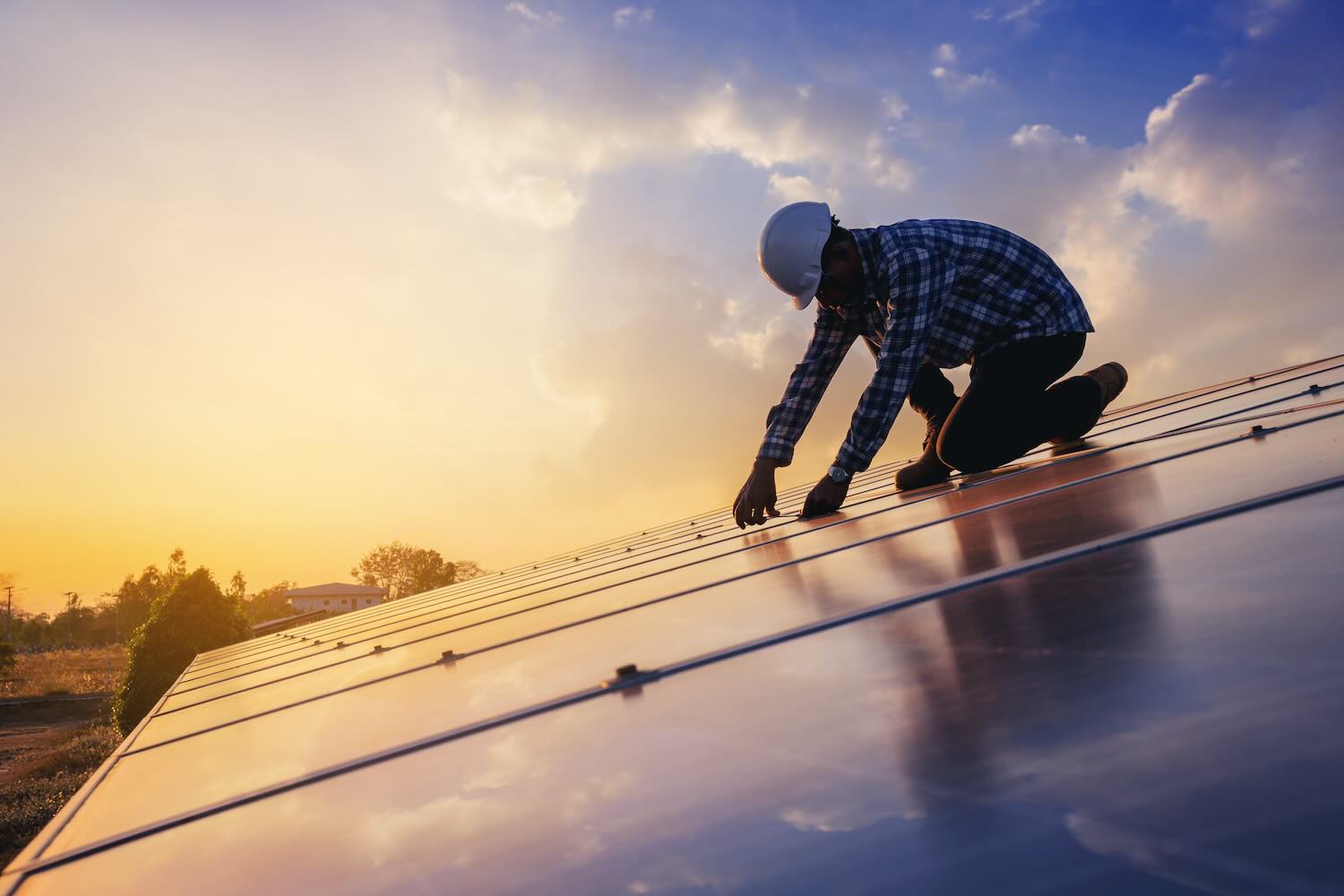The cost of addressing the challenges facing humanity today dwarfs the amount of money the world is putting into them. Climate change, accelerating global wealth gaps, and the threats of more frequent global health crises cause larger swings in household financial insecurity than ever before. To respond to these challenges, governments, development finance institutions, and the social good sector must employ new techniques.
Responses to global challenges must be adaptive, they must build resilience in people and communities, and they must be intersectional. Climate investors can leverage their dollars by working with impact investors – multiplying societal and environmental returns.
One opportunity ripe for potential is green, affordable housing – a growing sector dubbed ‘sheltertech.’ By working at the intersection of communities that earn less than an area’s median income and the places where climate change is most likely to produce inequitable outcomes, green, affordable housing investment can create a foundation for financial security for generations to come. Such investing can help narrow racial wealth gaps and gender divides, and build resilience in communities most vulnerable to economic spikes and dips – and climate disasters.
Multiplying impact
Housing security is a cornerstone of family financial stability – it’s also a solid strategy for economic resiliency and growth. A staggering 2.8 billion people are currently grappling with various forms of housing inadequacy, according to new estimates from UN-Habitat. Achieving this goal requires a substantial influx of investments from the private sector, including impact investors. McKinsey & Company estimates the required investment to be roughly $16 trillion. The mobilization of such capital becomes feasible when impact investors genuinely acknowledge affordable housing as an asset class with various impact pathways and integrate it into their portfolios.
Affordable housing is also crucial for climate mitigation and adaptation. Indeed, lessons from the affordable housing finance sector are extremely relevant for climate justice: long-term, patient capital allows financial institutions and housing developers to originate affordable mortgages and increase affordable housing supply. Investors can leverage instruments found within the larger financial ecosystem, such as debt, equity, mezzanine, and guarantees. A willingness to invest through channels that enables investees to secure capital in their local currency is also important in decreasing their risk.
One new approach to affordable housing finance comes from Bangladesh, where 90% of the population are long-term renters. To help spur home ownership and housing security, BRAC Bank Ltd. in 2022 launched Bangladesh’s first-ever housing bond. It attempts to develop the local capital market to issue longer-term loans and longer-term financing, and fill a home financing gap for the low- and middle-income market.
Microloans
The five-year, $50 million equivalent facility is demonstrating that microloans for housing can be profitable and achieve improved financial livelihoods for people and families. Further, the bank is enabling people already in the throes of climate change to make health and safety improvements to their homes – such as improving access to clean water, safe sanitation, indoor air quality investments, and home expansions to reduce overcrowding – resulting in better health for children and the elderly and savings on healthcare costs. These improvements help stem the migration to megacities such as Dhaka following disasters fueled by climate change.
Habitat for Humanity’s MicroBuild Fund supports microfinance institutions (MFIs) across Africa, Asia, Europe, and Latin America with capital and technical expertise to support housing loan products for low-income customers. It has demonstrated that housing quality, health and well-being, and financial resiliency not only correlate for low-income families – but that all three can be improved with the same loan. In separate studies, we found:
- For families surveyed in the Philippines, access to housing microfinance helped maintain or improve families’ economic stability during the pandemic by enabling investment in new
or existing home-based businesses. - In Egypt and Indonesia, housing loans had a positive effect on clients’ ability to recover from the pandemic, as more than 40% of loan clients reported.
As of June 2023, the MicroBuild Fund has disbursed over $230 million to MFIs across 33 countries, impacting over 1.2 million people who have gained healthier spaces to play and study. The fund continues to be the only facility dedicated to affordable housing finance within emerging markets, and it has seen MFIs leverage the capital deployed to them more than five times. It’s possible in the 33 countries that this fund has served, and it’s possible elsewhere – but not without thinking differently.
Enhancing substandard housing conditions stands as a fundamental element of SDG11, Sustainable Cities and Communities. The mid-point review in 2023 indicates a significant likelihood that the goal may not be achieved within the next seven years.
Creating environmental returns isn’t a short-term commitment, either. In this way, sustainability-focused and affordable housing investor communities are naturally more aligned than they may realize. By elevating affordable housing finance as an asset class and unlocking capital to this sector, we could go further, faster.
Emerging investment opportunities
In the US, the Environmental Protection Agency is awarding $27 billion from a Greenhouse Gas Reduction Fund for nonprofit lenders and Community Development Finance Institutions (CDFIs) to mobilize financing for US-based environmental projects. At least 60% of the financing activities must be targeted to low- and moderate- income populations or underserved communities, which should spur more environmental justice projects.
It’s a bet that other countries and multinational financial institutions should also make, – and an opportunity to center affordable housing in their approaches. One report found that across 11 emerging market economies, investments in housing average 13.1% of a country’s GDP (in the US, it’s 14.6%). The size of this sector is on par with other key sectors like manufacturing.
It will take thinking creatively – and learning from successes globally.
Today, humanity faces a host of complex, interconnected challenges that are, by definition, intractable if we apply old models of thinking – and financing. At a recent panel discussion during Accion’s Financial Inclusion Week, Dana Chestnut of US-based leader Community Housing Capital, a CDFI that finances affordable housing projects, pointed out, “In every other industry – pharmaceuticals, IT, other sectors – we have billions of dollars provided for product development every single year. We haven’t really done that in the affordable housing space.”
But we could. Doing so could build green, affordable housing today while building financial resilience for tomorrow.
Jitendra Balani is Director and Naeem Razwani is Sr. Director of Global Financial Inclusion and Capital Markets at Habitat for Humanity International.
Elizabeth Vivirito is Founder and CEO of Vivirito Consulting.











